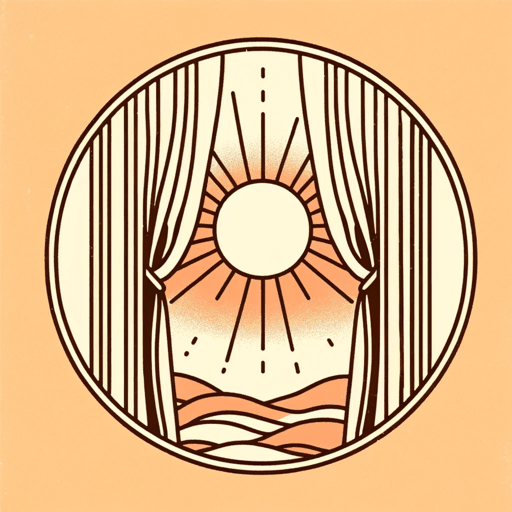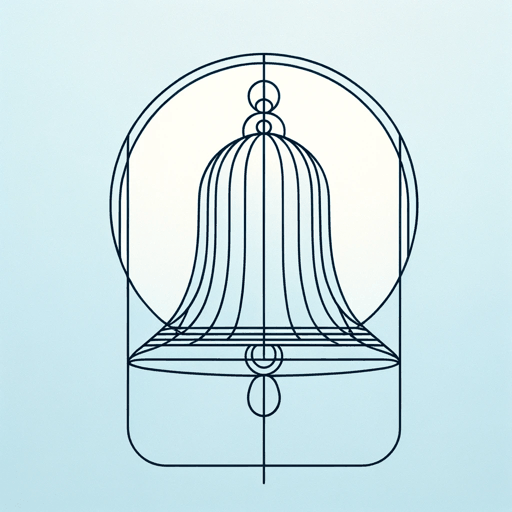18 pages • 36 minutes read
John DonneThe Sun Rising
Fiction | Poem | Adult | Published in 1633A modern alternative to SparkNotes and CliffsNotes, SuperSummary offers high-quality Study Guides with detailed chapter summaries and analysis of major themes, characters, and more.
Literary Devices
Form and Meter
Donne’s contemporary—they were born in the same year—poet and playwright Ben Jonson famously commented, “Donne, for not keeping of accent, deserved hanging.” Jonson meant Donne did not observe a consistent meter, and he was correct. Donne was an original poet who did not feel the need to follow traditional forms but instead liked to create his own. This can be seen in “The Sun Rising,” although the poem does have a metrical pattern consistent through all three stanzas.
The lines vary in length from dimeter (two poetic feet) to tetrameter (four poetic feet) and pentameter (five poetic feet). Each stanza exhibits the same pattern. Line 1 is a tetrameter; Line 2 is a dimeter, Lines 3 and 4 are pentameters; Lines 5 and 6 are tetrameters, and Lines 7-10 are pentameters.
In Line 1, the tetrameter, Donne grabs the reader’s attention with an explosive beginning: “Busy,” which is a trochaic foot, the emphasis being placed on the first syllable. This is followed by a spondee (“old fool”), a foot in which both syllables are stressed. The line more conventionally closes with two iambs (an iamb is a poetic foot consisting of an unstressed syllable followed by a stressed syllable).
Related Titles
By John Donne







